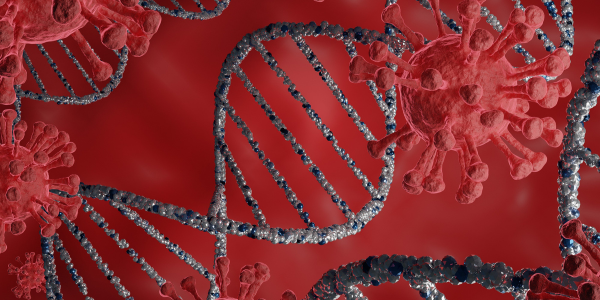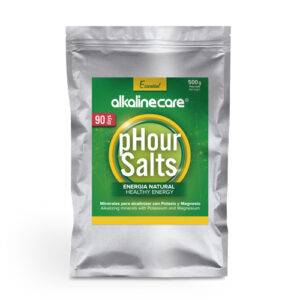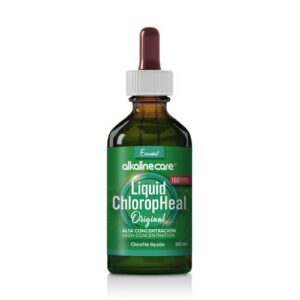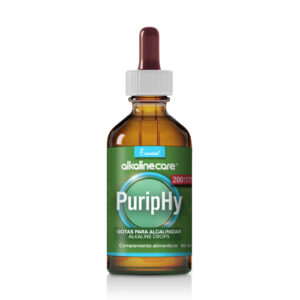All diseases occur in a low oxygen inner terrain and low-grade acidosis. Lack of energy, recurrent infections, chronic inflammation, pain, and degenerative diseases are often associated with an acidic terrain. Therefore, we can assure that there is no disease without acidosis.
Its challenging to be sick on the one hand and, on the other, to remain alkaline and oxygenated. Often, our pH balance is disrupted, and we need to take steps to help it regain its delicate acid/base equilibrium.
As Nobel Prize winner Albert Szent-Györgyi stated: the body is alkaline by design, but its functions and metabolism are acidic. Hence, we must assist our bodie in maintaining its alkaline design through a suitable lifestyle, paying attention to what we eat, drink, do, and think.
No disease goes without acidosis
What is low-grade latent acidosis?
Also known as low-grade acidosis, it is the accumulation of acidic metabolites in our tissues and organs originated from food, stress, synthetic cosmetic products, and environmental toxins accumulated in the body. These have not been properly eliminated through the four elimination pathways: intestines (colon/feces), kidneys (bladder/urine), lungs (air), and skin (pores/sweat).
If acids are not eliminated correctly, they store in the connective tissue, fatty tissue, organs, and blood, causing weight gain, inflammation, and pain.
The body is designed to remain alkaline throughout life and will do whatever is takes to achieve this. If it does not receive its alkaline supply through food, minerals, and oxygen, it will draw from the body’s reserves (bones, muscles, and blood). In other words, the body needs a continuous supply of alkalinity to buffer or neutralize waste acidic metabolites and preserve its alkaline design, its acid/base balance. It is essential to note that the body produces more acidic metabolites daily that must be eliminated automatically.
We could consider aging as a fermentation and progressive acidosis process that affects all tissues and telomeres.
The body has a buffering system to help maintain its alkalinity. However, following a more acidic lifestyle, i.e., an acidic diet (sugar, processed red meats, meat in general, dairy, refined flours, gluten, alcohol, trans fats), stress, lack of exercise and sleep, begins to manifest acidic symptoms. These symptoms can be detected in all diseases.
Therefore, it´s advisable to increase your alkalinity daily. How?
- Following an alkaline diet.
- Drinking alkaline water.
- Taking chlorophyll.
- Taking essential alkalizing mineral salts like Phour Salts with magnesium and potassium to reverse and prevent disease, inflammation, and pain.
How can I know if I generate too many acidic metabolites?
With a urine and saliva test, we can measure our pH level. Urine indicates the pH of our extracellular fluid, and saliva informs us about our bicarbonate reserves.
Similarities between our body and sea water
There are similarities between our body and seawater. Blood and lymph are our internal fluids that bathe and nourish our entire body. These have a composition very similar to seawater in isotonic concentration. If our “internal sea” becomes polluted and lacks oxygen, it becomes “acidic.”
So what happens at a cellular level? We get sick. In essence, it is the same as what happens in the sea: if its waters become polluted, fish will get sick and die.
The sea has an alkaline pH of 8.3, maintained by alkaline mineral salts. Our internal fluids are like the ocean and are sustained by the same alkaline mineral salts (sodium, chloride, magnesium, potassium, and calcium). Discover Phour Salts, our mineral salts, here.
In summary, by taking care of ourselves and implementing the basic pillars of alkalinity, we can largely avoid chronic and acute pathologies, inflammation, and pain. On the other hand, we will enjoy a much better health, vitality, emotional well-being and feel younger for longer.
And remember: there is no disease without acidosis.”
















